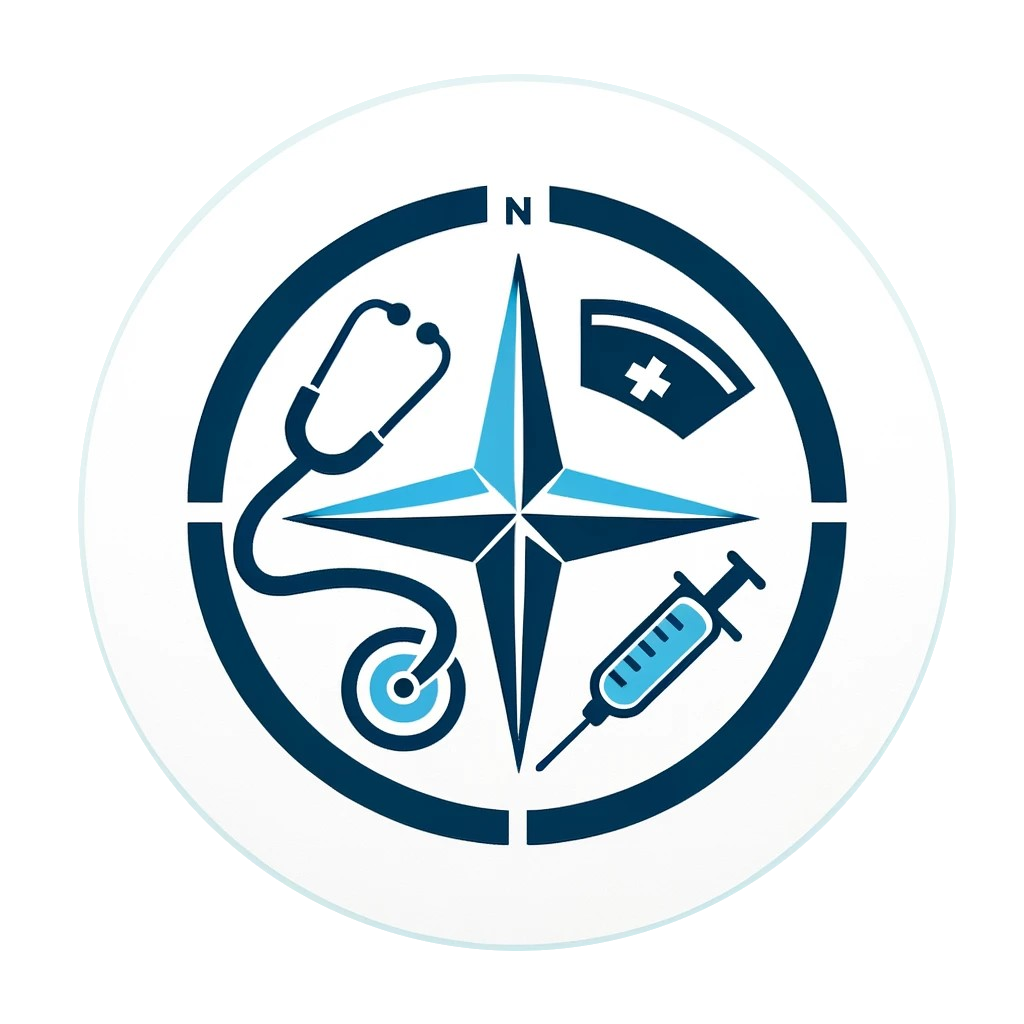- Rectal: Most accurate core temperature - "Gold standard" method
- Oral (sublingual): Convenient and reliable - posterior sublingual pocket most accurate
- Tympanic (ear): Quick but affected by earwax, positioning, and technique
- Axillary (armpit): Convenient but least accurate - generally 1°F lower than oral
- Temporal (forehead): Non-invasive, good for pediatrics but variable accuracy
- Digital/Electronic: Most commonly used, follow manufacturer instructions
📊 Vital Signs Reference Guide
Essential age-specific ranges, critical values, and nursing considerations for safe, effective patient care and clinical decision-making.
🩺 What Are Vital Signs?
Vital signs are measurable indicators of the body's basic physiological functions and overall health status. They are routinely assessed to detect acute changes, guide interventions, and monitor treatment response. Healthcare professionals use vital signs as the first step in assessing a patient's condition.
📋 The Six Vital Signs: The traditional five vital signs (temperature, heart rate, respiratory rate, blood pressure, and oxygen saturation) are supplemented by pain assessment, often referred to as the "6th vital sign," reflecting the importance of pain management in patient care.
Temperature
Body heat regulation
Heart Rate
Cardiac function
Respiratory Rate
Breathing pattern
Blood Pressure
Circulatory force
Oxygen Saturation
O₂ in blood
Pain Level
6th vital sign
👶🧒👩🦳 Age-Based Normal Ranges
Note: Ranges may vary slightly by institution. Always consider the patient's baseline and clinical context.
| Age Group | HR (bpm) | RR (breaths/min) | BP (mmHg) | Temp (°F) | SpO₂ (%) |
|---|---|---|---|---|---|
| Newborn (Term) | 120–170 | 25–60 | 60–95 / No specific range | 97.7–99.5 | ≥ 95% |
| 3 months | 115–170 | 25–60 | 60–105 / No specific range | 97.8–99.1 | ≥ 95% |
| 6 months | 110–170 | 20–55 | 75–105 / No specific range | 97.8–99.1 | ≥ 95% |
| 1 year | 105–150 | 20–45 | 70–105 / No specific range | 97.8–99.1 | ≥ 95% |
| 2 years | 95–150 | 20–40 | 70–105 / No specific range | 97.8–99.1 | ≥ 95% |
| 4 years | 80–150 | 17–30 | 75–110 / No specific range | 97.8–99.1 | ≥ 95% |
| 6 years | 75–140 | 16–30 | 80–115 / No specific range | 97.8–99.1 | ≥ 95% |
| 10 years | 60–130 | 15–25 | 85–120 / No specific range | 97.8–99.1 | ≥ 95% |
| 14 years | 60–115 | 14–25 | 90–125 / No specific range | 97.8–99.1 | ≥ 95% |
| Adult (18+ yr) | 60–100 | 12–18 | 90/60 – 120/80 | 97.8–99.1 | 95–100% |
| Older Adult (65+ yr) | 60–100 | 12–18 | <130/80 (target) | Variable (lower) | 95–100% |
💡 Pediatric Pattern: Heart rate and respiratory rate generally decrease with age as children develop. Blood pressure increases with age and size.
🚨 Critical Values Requiring Immediate Action
Hypothermia: <95°F (35°C) — Metabolic dysfunction, cardiac arrhythmias
Tachycardia: >130 bpm in adults — Cardiac strain, possible shock
Tachypnea: >30 breaths/min — Respiratory distress, metabolic issues
Hypertensive Crisis: >180/120 mmHg — End-organ damage risk
Severe: <85% — Immediate oxygen therapy required
💡 Nursing Assessment Best Practices
Baseline Establishment
Always compare current readings to patient's baseline when available. A BP of 100/60 might be normal for one patient but concerning for another.
Environmental Factors
Ensure comfortable temperature, quiet environment, and appropriate patient positioning. Allow rest time before assessment.
Equipment Considerations
Use appropriately sized cuffs, calibrated equipment, and follow manufacturer guidelines for maintenance and cleaning.
Clinical Context
Consider medications, medical history, recent procedures, and pain levels when interpreting vital signs.
Trending Patterns
Single abnormal readings may be artifacts. Look for trends over time and correlation with clinical symptoms.
Prompt Communication
Report significant changes promptly to providers. Don't wait for the "perfect" time if values are critical.
🧠 Memory Aids & Quick References
Adult Vital Signs
"60-100, 12-20, <120/<80"
Quick recall for adult HR, RR, and BP normals.
Complete Assessment
"T-H-R-B-O-P"
Temperature, Heart rate, Respiratory rate, Blood pressure, Oxygen saturation, Pain.
Pediatric Pattern
"Kids Slow Down"
Heart rate and respiratory rate decrease as children age.
Critical Temps
"Under 95, Over 104"
Hypothermia <95°F, Hyperpyrexia >104°F require immediate action.
📚 Continue Your Learning
📚 References (APA 7th Edition) ▼
Click to view 13 sources cited
📚 Essential Clinical Reference for Nurses
Tribe RN PocketGuru Nursing Pocket Reference Cards
108 quick access pocket cards with nursing school essentials. More comprehensive than badge cards or flashcards - perfect cheat sheet for nurses.
Looking for more nursing tools and resources?
🛍️ Browse All Nursing Essentials⚠️ Important Disclaimer
Educational Use Only: This reference guide is for educational purposes only and should not replace clinical judgment, institutional protocols, or provider orders. Normal ranges may vary by institution and patient population. Always follow your facility's policies and consult with healthcare providers for patient-specific care decisions.
💙 Support Our Free Content
Your support helps us continue creating free nursing content. Explore our Nursing Essentials page to see our recommended tools and resources.
🛍️ View Nursing Essentials